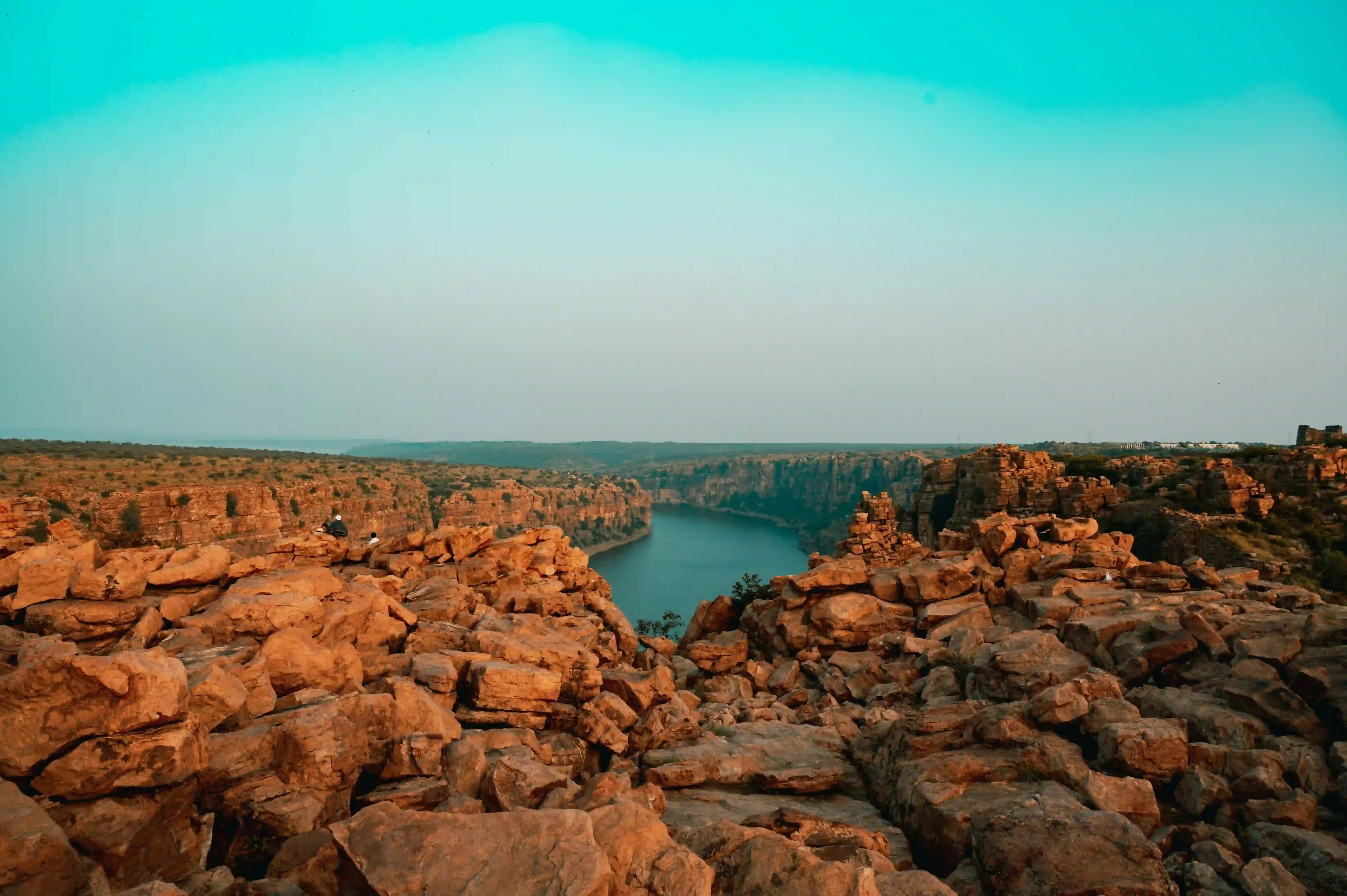Diskit Monastery stands as a profound testament to Ladakh's rich Buddhist heritage, emerging from the 14th century as a spiritual sanctuary in the heart of the Nubra Valley. Founded by Changzem Tserab Zangpo, a devoted disciple of Tsongkhapa, this monastery represents more than a religious institution—it embodies the complex spiritual and political landscape of a region where Buddhism intertwined deeply with local governance and cultural identity.
The monastery's origins are steeped in legendary narratives that blend divine intervention with human determination. According to local lore, Changzem Tserab Zangpo received a celestial vision of a white lion, which guided him to establish the monastery at its current location. Another compelling legend suggests the monastery was constructed atop the ruins of an ancient palace, with a trapped demon confined in its basement by a guardian deity—a metaphorical representation of Buddhism's transformative power.
Throughout centuries of political turbulence, Diskit Monastery remained a resilient beacon of cultural preservation. During the 15th century, when Ladakh was governed by rulers like King Grags-pa-'bum-lde, the monastery served not just as a religious center but as a crucial political intermediary. The presence of Panchen Lha-btsun, a significant regional figure who later became a regent to Tashilhunpo Monastery's founder, exemplifies the monastery's interconnected spiritual and administrative roles.
The architectural design of Diskit Monastery epitomizes traditional Tibetan monastic aesthetics, featuring whitewashed walls, vibrant red roofs, and intricate decorative elements. Its main entrance, marked by a substantial prayer wheel, invites both spiritual contemplation and visitor engagement. The Dukhang, or primary prayer hall, is adorned with exquisite frescoes, thangkas, and statues representing various deities and revered lamas, creating an immersive spiritual environment.
A remarkable contemporary addition is the gigantic 105-foot Maitreya Buddha statue, constructed in 2010. This monumental sculpture transcends mere architectural achievement, symbolizing a profound commitment to spreading compassion and harmony in a region historically marked by cultural diversity and occasional tensions. Overlooking the serene Nubra Valley, the statue serves as a powerful reminder of Buddhist principles of understanding and peaceful coexistence.
The monastery's cultural significance extends beyond religious practices. Its annual Dosmoche Festival, known as the "Festival of the Scapegoat," transforms the space into a vibrant celebration of spiritual and artistic expression. During this event, masked dances and traditional ceremonies draw participants from remote regions, showcasing the rich cultural tapestry of Ladakh and preserving centuries-old traditions.
In recent decades, Diskit Monastery has evolved to address contemporary social needs. By establishing a school supported by non-governmental organizations, the monastery demonstrates a forward-thinking approach to community development. The institution focuses on science education and computer literacy, ensuring that traditional spiritual wisdom coexists with modern educational opportunities for Tibetan children.
The monastery's historical journey reflects the broader narrative of Ladakh—a region of remarkable resilience, where spiritual practices, cultural traditions, and adaptive strategies have enabled survival through numerous political transformations. From its origins as a small religious institution to its current status as a multifaceted cultural center, Diskit Monastery continues to embody the dynamic spirit of Buddhist philosophy and Ladakhi cultural identity.









